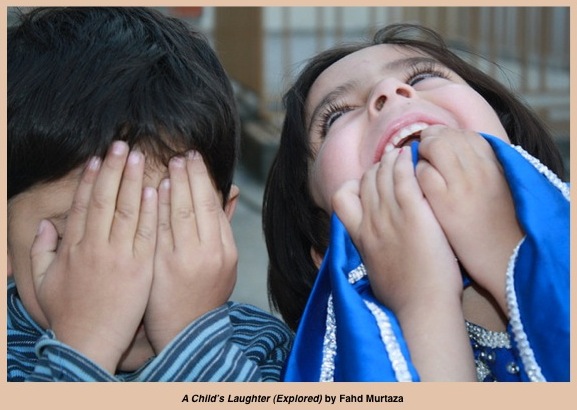Thu 8 Mar 2012
The most interesting thing I’ve read this week
Posted by PJ under reading, this week
No Comments
From “Why Are We So Afraid of Creativity?” by Maria Konnikova, Scientific American Blogs, February 26, 2012:
“The Implicit Association Test (IAT) is a tool that was created to look for discrepancies between consciously held beliefs (i.e., a belief in racial equality) and unconscious biases (i.e., a faster reaction time when pairing white with positive concepts and black with negative ones than vice versa). The measure can test for implicit bias toward any number of groups (though the most common one tests racial biases) by looking at reaction times for associations between positive and negative attributes and pictures of group representatives. Sometimes, the stereotypical positives are represented by the same key; sometimes, by different ones. Ditto the negatives. And your speed of categorization in each of these circumstances determines your implicit bias. To take the racial example, if you are faster to categorize when “European American†and “good†share a key and “African American†and “bad†share a key, it is taken as evidence of an implicit race bias.
“Over the years, the IAT has shown a prevalence of unconscious biases in areas such as race, gender, sexual orientation, age, mental disease, and disability. Now, it has been expanded to something that had never appeared in need of testing: creativity.
“In a series of studies, participants had to complete the same good-bad category pairing as in the standard IAT, only this time, with two words that expressed an attitude that was either practical (such as functional, constructive, or useful) or creative (novel, inventive, original, etc.). The result: even those people who had explicitly ranked creativity as high on their list of positive attributes showed an implicit bias against it relative to practicality under conditions of uncertainty.”

